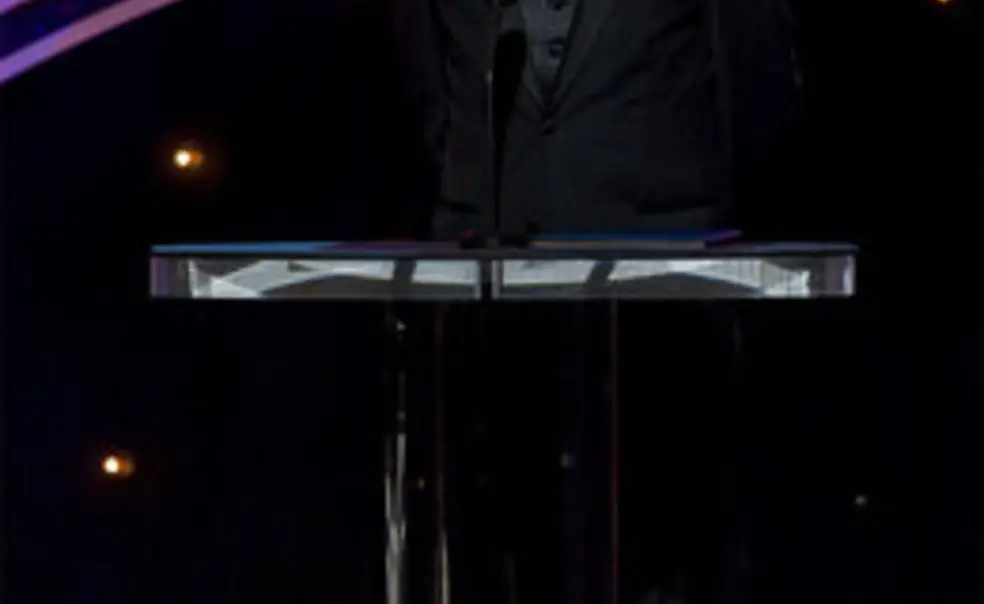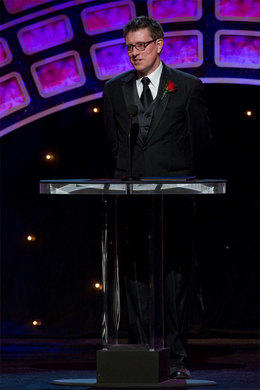Tiger of the Week: David Laur '84
(Richard Harbaugh/©A.M.P.A.S.)
In the view of Wired magazine, the tech community got “no respect” at this year’s Academy Awards. The Social Network and its star, Jesse Eisenberg, were snubbed for Best Picture and Best Actor, and when the science and technology honorees received their brief mention in the Feb. 27 ceremony, co-host James Franco wisecracked,“Congratulations, nerds."
But Pixar software engineer David Laur ’84, one of the 19 sci-tech Oscar honorees, had a different take on what awards season could mean for the computer programmers working behind the scenes. “It’s certainly true that nobody grows up to say, ‘I want to be a queuing systems engineer,’” he quipped after accepting his award at a Feb. 13 ceremony. “Now there’ll be action figures.”
Laur, a mechanical and aerospace engineering major at Princeton, received a Technical Achievement Award for his role in developing Pixar’s Alfred system – “the first robust, scalable, widely adopted commercial solution for queue management in the motion picture industry,” according to the Academy’s citation,
Translation? Rendering is the process of turning complex 3-D models into two-dimensional movie frames. It can take two to four hours for filmmakers render a single frame, and much of the processing is done off site by computer clusters known as “render farms.” As Laur explained in a recent interview with The Pixar Podcast, the Alfred system “connects the artist to the render farm.”
Laur’s award-winning work has a Princeton connection – one of his classmates, Dana Batali ’84, directs the projects connected to Pixar’s RenderMan software. In his Pixar Podcast interview, Laur credited Batali with making the Alfred platform possible. “He’s really been a friend, mentor, and the driving force behind a lot of this,” Laur said.
Do you have a nominee for Tiger of the Week? Let us know. All alumni qualify. PAW’s Tiger of the Week is selected by our staff, with help from readers like you.













No responses yet